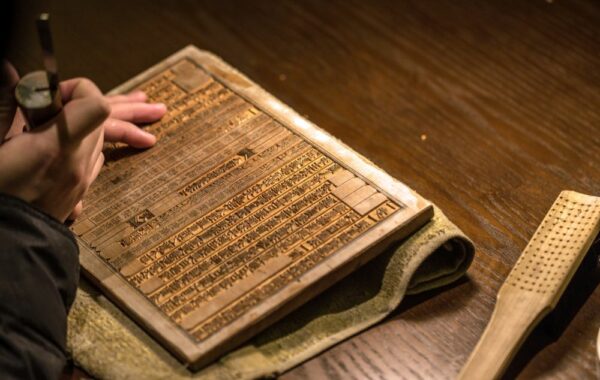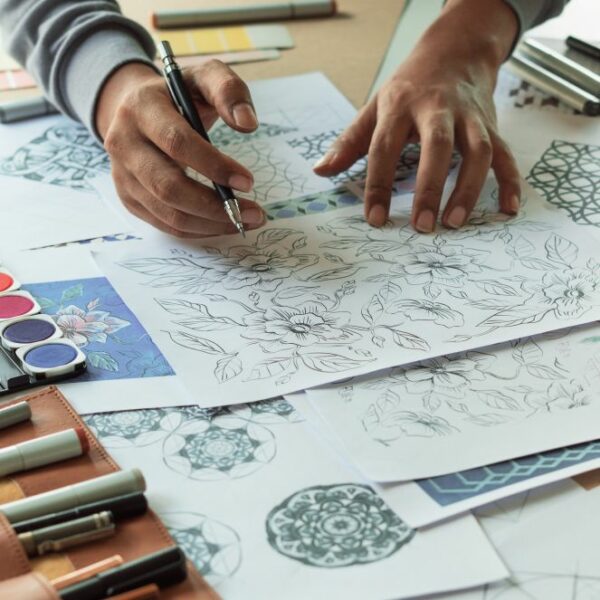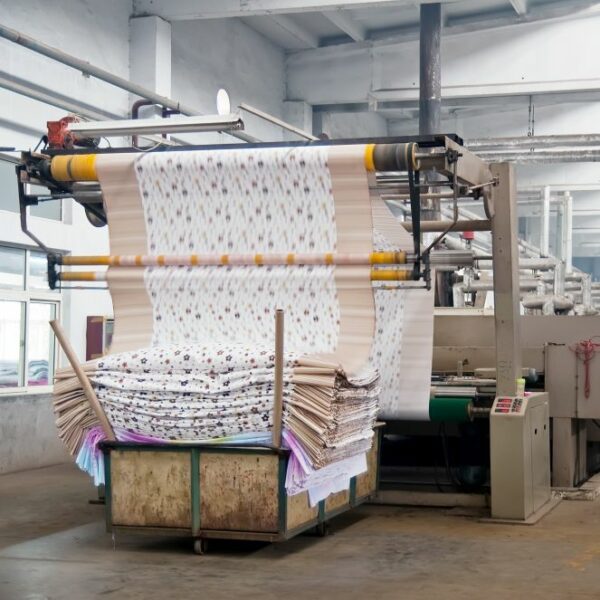Though methods and designs have changed, fabric printing remains an ancient art whose roots trace back to the earliest civilisations. However, its purpose remains the same: to set yourself apart from others through patterns that resonate with your unique personality.
At MatchyMatchydesign, we confidently take fabric printing into the new era while respecting the history and heritage that lie at its foundations – after all, how can we call ourselves experts not knowing where we came from?
Below, you’ll find a quick look at the humble beginnings of the craft and its evolution – or revolution – to adapt to social and technological changes and how it got the form that we know it in today.
Beginnings
The first known way of transferring patterns onto fabrics was a far cry from the intricate techniques available to us today.
Woodblock printing most likely originated from China, with the earliest surviving examples dating to before 220 AD. Simple and time-consuming, the technique is similar to stamping, and for a long time, it had dominated the trade.
Europe was first introduced to textile printing around the 12th century through the influence of Islamic countries. At the time, however, only pieces not washable pieces – think wall hangings, for example – were printed, as European dyes were easily dissolvable.

Around the 17th century, colonisation gave many European countries access to new techniques and innovative ways of producing more durable fabrics. They could therefore be printed and washed without worrying about the pattern getting damaged in the process.
The British have imported most of their patterned cotton from India. Though initially they would commission specific patterns – that were significantly more muted than the traditional Indian motifs – for development in India, they have later adapted the newly acquired knowledge and started printing themselves. The year 1676 saw a French refugee open the first English printworks located nearby the city of London.
Industrialization
Digital printing

Only in the 20th century, the industry has witnessed the invention of techniques that form the foundations of textile print art as we know it today.
The ‘30s saw the introduction of flatbed screen printing, and it was later mechanised in the ‘50s.
The process was, however, soon replaced by rotary printing that proved more effective and significantly faster.
It was only in the ‘80s when the first form of digital printing was developed, forever changing how the textile industry works and opening a world of new possibilities to both well-established and aspiring designers. This revolutionary technique involves computerised lasers injecting ink directly into the fabric.
The introduction of dye sublimation printing in the ‘90s only pushed the changes further, making the artistic expression in terms of patterns virtually limitless.
Though it’s now significantly easier to transfer your vision onto fabrics thanks to new technologies and top-notch machinery, the artistic factor of the process is certainly not lost. Craftspeople in many places around the world often rediscover ancient ways – like woodblock printing, for example – to ensure their designs have a unique and authentic aura.
The future brings with it exciting prospects too. New solutions are constantly being developed as generations of visionary designers join the fabric printing trade, and we can’t wait to see what comes next.
MatchyMatchydesign creates unrivalled patterns that can be printed in both traditional and digital ways, depending on the requirements of the client and the nature of a specific design. Our expertise and industry know-how ensure that we always select a technique that will truly bring patterns to life – why not find out for yourself?


































